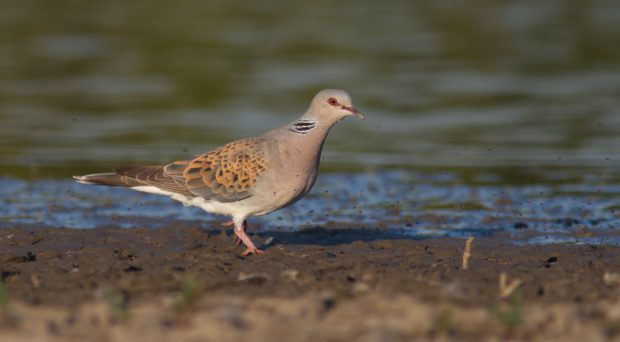
The conservation of biodiversity is a major concern for biologists. When a species shows a very small census size (e.g. blue-throated macaws), it is obvious that it is threatened and that urgent conservation measures are needed to preserve it. However, there are stunning examples in which a species can go from billions of individuals to vanishing, within a human lifetime.
Understanding how an abundant species can suddenly disappear is tricky. However, there are certain factors to watch out for. Factors that when combined at the right time and place can cause these “unexpected” extinctions. One paradigmatic example is the passenger pigeon (Ectopictes migratorious). The passenger pigeon was an abundant species (2-5 billion individuals) that became extinct in blink of an eye. What caused such a drastic event? Two main identified factors were: that the species was going through the shrinking stage of its naturally oscillating demography and this coincided with a strong hunting pressures imposed by humans.
What can we learn from the passenger pigeon? Are the factors that led to its disappearance generalizable to other taxa? It seems that there are intrinsic factors that make certain species more sensitive to extinction, for example the tendency to undergo drastic demographic oscillations. On the other hand, there are also extrinsic factors, like those imposed by humans (e.g. hunting, environmental degradation).
Unfortunately, when comparing the current situation of the European turtle dove with that of the passenger pigeon, there are many similarities that could push the former in the direction of its less fortunate cousin. The European turtle dove is an abundant species (6-10 millions individuals). However its numbers have been decreasing, leading to its classification as vulnerable to extinction (IUCN red list). In the United Kingdom alone it has shown a 97% decline in 40 years. The main reasons for this decline are habitat degradation and game hunting. Moreover, our genomic analysis suggests that the species has a naturally fluctuating demographic history, and that it is currently going thorough a shrinking stage…
Is there something we can do to prevent history from repeating itself? We can first learn from recent history, and continue to emphasize the importance of using cutting edge tools (such as genomics and niche modeling techniques) to help understand the population genetic structure and demographic history of species. This kind of research is valuable, not only because it helps understand evolutionary processes, but also because it provides useful information for researchers involved in the creation of international cooperation networks for the protection of species and their natural environments. With this kind of research we can transform the unexpected into expected, and that is a very important first step towards conservation.
Comments